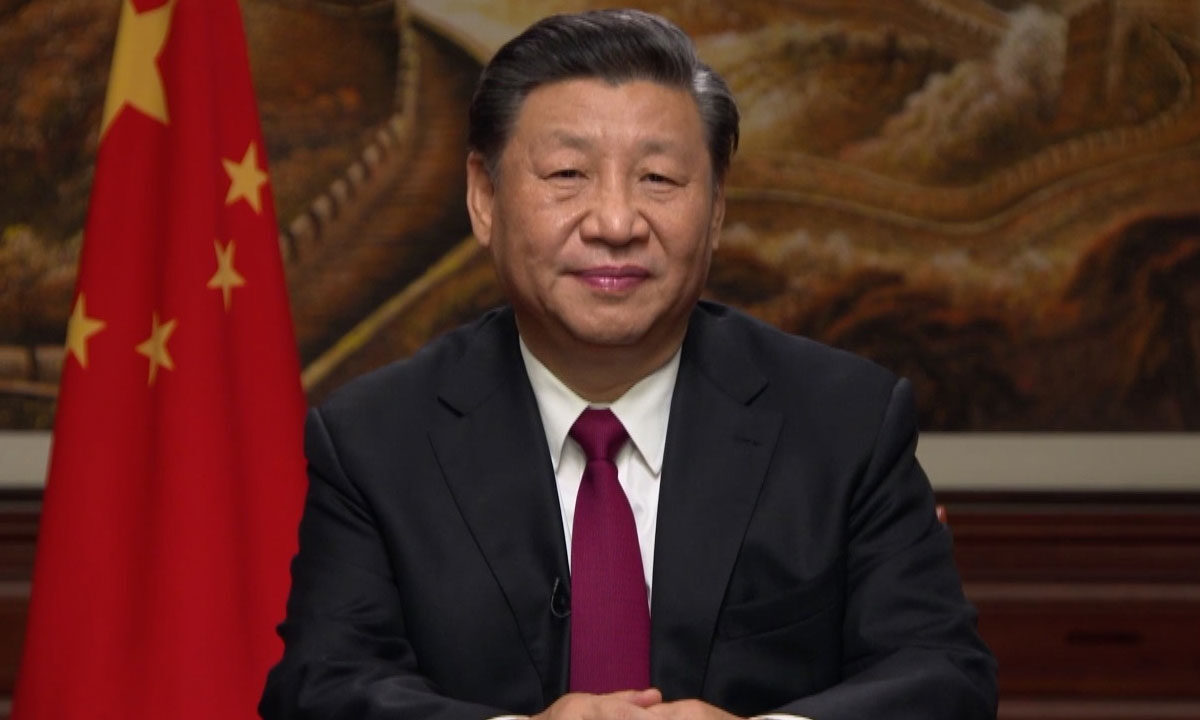After Trump’s Tariff Escalation, China Strikes Back with 34% Duties and Bans 16 US Firms
The trade war between the United States and China has intensified after former US President Donald Trump imposed sweeping tariffs on imports from several countries, prompting a swift and aggressive response from China.

Beijing/Washington — The trade war between the United States and China has intensified after former US President Donald Trump imposed sweeping tariffs on imports from several countries, prompting a swift and aggressive response from China.
Table of Contents
China Hits Back with 34% Tariff on All US Imports
In response to Trump’s move, the Chinese government on Friday announced a 34% tariff on all American imports, effective from April 10. This decision follows Trump’s imposition of a 10% base import duty on all nations, along with steeper levies on select countries, including China and members of the European Union.
Last month, Trump had already slapped an additional 20% tariff on Chinese goods. The latest move brings the total additional tariffs imposed by the US on Chinese imports to 54%, sending shockwaves through international financial markets.
Global Markets React: S&P and Dow Plunge
The announcement had immediate repercussions on Wall Street. The S&P 500 dropped 4.8%, its biggest single-day loss since 2020, while the Dow Jones Industrial Average plummeted by 1,679 points, rattling investor confidence worldwide.
China Condemns Tariffs, Announces Rare Earth Export Controls
China’s Ministry of Commerce condemned the US tariffs, calling them a violation of international trade rules, and vowed to implement “countermeasures to safeguard national interests.” Among those measures is export control on seven rare earth elements, including gadolinium, commonly used in MRIs, and yttrium, essential for consumer electronics.
China has previously imposed up to 15% tariffs on US agricultural imports such as soybeans, pork, and chicken, but this latest move marks a significant escalation.
Economic Impact on Both Sides
Trump’s tariffs aim to reduce the US trade deficit and bring manufacturing back to American soil. However, economists warn that the tariffs could hurt the US more than China, as American manufacturers rely heavily on capital goods and industrial inputs from China.
Gene Ma, Head of China Research at the Institute of International Finance, noted, “The tariff will hurt US manufacturers as well as consumers.”
On the other hand, China’s economy is already grappling with low domestic consumption and a property sector debt crisis. The increased tariffs may put further pressure on its export-driven recovery.
A Trade War Without Winners?
Trade between the US and China is substantial, with Chinese exports to the US exceeding $500 billion in 2024 — accounting for 16.4% of China’s total exports. Economists like Frederic Neumann of HSBC warn that “The US tariffs on Chinese imports could fully negate the lift from the fiscal stimulus measures announced so far.”
While both nations exchange rhetoric, one thing is clear: no side emerges unscathed in a prolonged trade war. As tensions rise, the global economy may yet again face headwinds from the policies of the world’s two largest economies.
